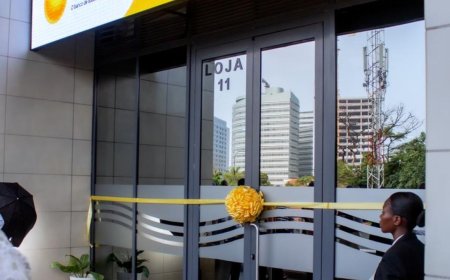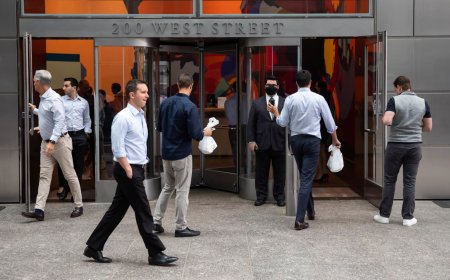BNA expresses concern about low level of credit by commercial banks.
Through its Financial Stability Committee (CEF), the central bank makes a critical diagnosis of the banking sector that reveals several shortcomings from the point of view of stability. During the second quarter alone, several banks were caught with a low level of transformation of deposits into credit. In other words, there is still little financing for the economy.
A study carried out by the National Bank of Angola (BNA) reveals that there is still strong resistance in the national banking sector to financing initiatives by economic agents, whether companies or families, which has raised concerns on the part of the regulator of the national banking system.
Following the last meeting of the Financial Stability Committee (FSC) of the National Bank of Angola, held from 4 to 11 October 2024, with the aim of assessing the main systemic risk factors, with an actual or potential impact on national financial stability, observed during the second quarter of 2024, the central bank document concludes that there is still, in the domestic banking market, among others, a low level of financial intermediation; a slight deterioration in asset quality indicators, with an increase in credit risk, mitigated by an adequate level of impairments; a decrease in profitability and exposure to sovereign risk.
In practice, the central bank complains of a low level of financing by commercial banks to the national economy, which puts pressure on consumption and the investment capacity of companies, as several analysts analysed to Kieto Economia.
On the other hand, and after identifying market shortcomings, in accordance with the current regulatory framework, to mitigate systemic risk and vulnerabilities in the banking sector, the CEF decided to maintain the conservation reserve at 2.50%, applicable to all Banking Financial Institutions, under the terms of article 12 of Notice no. 08/2021, of 5 July.
That body that monitors market developments also decided to maintain the reserve for domestic systemically important banking financial institutions (D-SIBs) at between 1% and 2%, and to maintain the countercyclical reserve at 0%, applicable to all Banking Financial Institutions.
According to the central bank, during the period in question, the banking sector demonstrated sufficient solidity to face the risks of financial activity, evidenced essentially by the capital and liquidity ratios, since these are above the regulatory minimum.
BNA expresses concern about low level of credit by commercial banks
Through its Financial Stability Committee (CEF), the central bank makes a critical diagnosis of the banking sector that reveals several shortcomings from the point of view of stability. During the second quarter alone, several banks were caught with a low level of transformation of deposits into credit. In other words, there is still little financing for the economy.

A study carried out by the National Bank of Angola (BNA) reveals that there is still strong resistance in the national banking sector to financing initiatives by economic agents, whether companies or families, which has raised concerns on the part of the regulator of the national banking system.
Following the last meeting of the Financial Stability Committee (FSC) of the National Bank of Angola, held from 4 to 11 October 2024, with the aim of assessing the main systemic risk factors, with an actual or potential impact on national financial stability, observed during the second quarter of 2024, the central bank document concludes that there is still, in the domestic banking market, among others, a low level of financial intermediation; a slight deterioration in asset quality indicators, with an increase in credit risk, mitigated by an adequate level of impairments; a decrease in profitability and exposure to sovereign risk.
In practice, the central bank complains of a low level of financing by commercial banks to the national economy, which puts pressure on consumption and the investment capacity of companies, as several analysts analysed to Kieto Economia.
On the other hand, and after identifying market shortcomings, in accordance with the current regulatory framework, to mitigate systemic risk and vulnerabilities in the banking sector, the CEF decided to maintain the conservation reserve at 2.50%, applicable to all Banking Financial Institutions, under the terms of article 12 of Notice no. 08/2021, of 5 July.
That body that monitors market developments also decided to maintain the reserve for domestic systemically important banking financial institutions (D-SIBs) at between 1% and 2%, and to maintain the countercyclical reserve at 0%, applicable to all Banking Financial Institutions.
According to the central bank, during the period in question, the banking sector demonstrated sufficient solidity to face the risks of financial activity, evidenced essentially by the capital and liquidity ratios, since these are above the regulatory minimum.
What's Your Reaction?













































